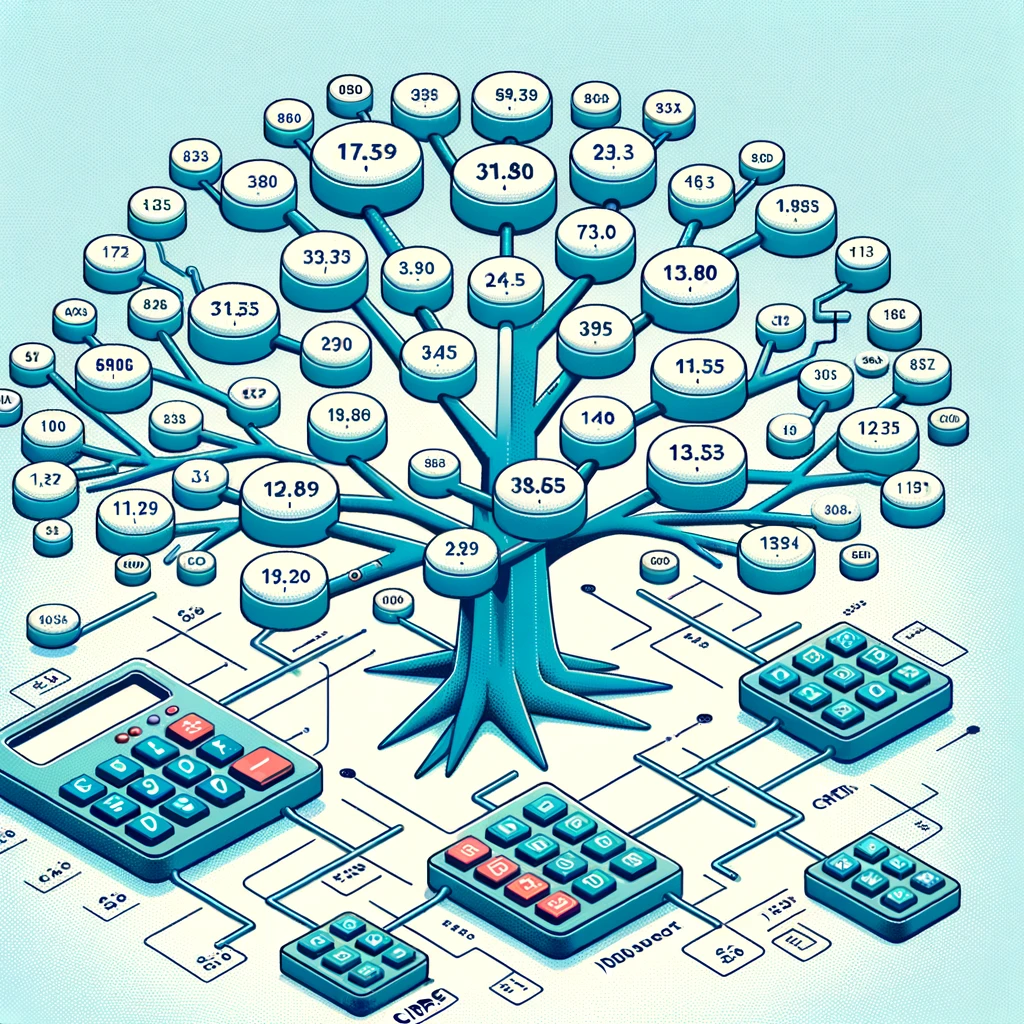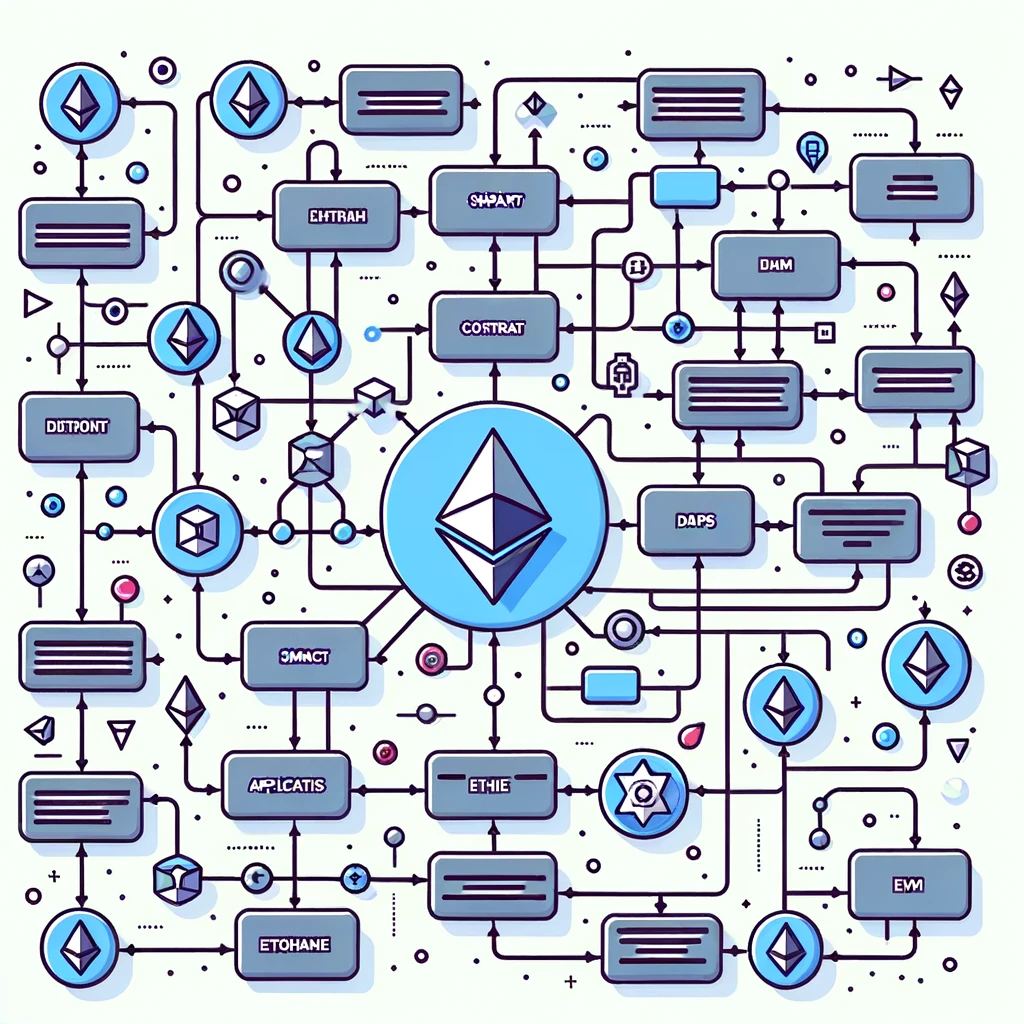Welcome back to another episode of Continuous Improvement, the podcast where we explore the ever-evolving world of blockchain technology. I'm your host, Victor, and in today's episode, we're diving deep into the considerations and challenges of application architecture on Ethereum.
But before we begin, a quick thanks to our sponsor, [sponsor name], for supporting the show. Now, let's get started.
Ethereum, the versatile platform for building decentralized applications, has been at the forefront of the blockchain revolution. However, when it comes to Ethereum application development, choosing the right architecture is crucial for scalability, security, and usability.
In this episode, we'll explore the crucial considerations outlined in a recent blog post regarding application architecture on Ethereum. Let's start by looking at token considerations.
Tokens are the lifeblood of many Ethereum applications, enabling a wide range of functionalities from decentralized finance to non-fungible tokens. When designing an application architecture that involves tokens, there are several key factors to consider.
First, you have to decide whether your tokens will be fungible or non-fungible. Fungible tokens are ideal for representing currencies or commodities, while non-fungible tokens are best suited for representing ownership of unique digital or physical assets.
Next, consider whether you need to split locked value across multiple tokens, giving users access to different parts of the value. This can enhance flexibility and utility within your application.
Another important consideration is whether your tokens will carry additional data on-chain, such as metadata or provenance information for non-fungible tokens. This additional data can provide valuable context to users.
You also need to determine whether your tokens should be peer-to-peer transferable or if they come with certain restrictions on transfers. This depends on the specific use case and desired functionality of your application.
Lastly, evaluate whether token revocation by the issuer is a necessary feature for your application. This can be important in cases of security breaches or regulatory compliance.
Moving on from token considerations, let's now discuss general architecture choices for Ethereum applications.
Two common approaches are often considered. The first is a simple architecture where users interact with a backend server that communicates directly with the Ethereum network. This is suitable for applications where real-time interactions are not critical, and users are willing to wait for on-chain confirmations.
The second approach involves using an API provider such as Infura, which interfaces with the Ethereum network on behalf of the backend server. This offloads the complexity of Ethereum interactions from your backend, potentially improving scalability and reliability.
Both approaches have their merits and trade-offs. A simple architecture minimizes intermediary steps and is straightforward to implement. On the other hand, a domain-specific architecture might involve additional processes before settling transactions on-chain, which can be beneficial for applications requiring more sophisticated logic.
As Ethereum faces scalability challenges, it's important to explore scaling platforms that can address these issues. Let's take a look at two notable options.
The first option is Layer 2 platforms, such as Optimistic Rollups and zkRollups. These solutions allow for processing transactions off-chain while maintaining the security of the Ethereum mainnet. Layer 2 platforms offer faster and cheaper transactions, making them a compelling choice for applications that require high throughput.
The second option is L2 State Channels. State channels enable off-chain interactions between users, with only the final state being settled on the Ethereum mainnet. This significantly reduces transaction costs and allows for near-instantaneous transactions, making it suitable for applications like gaming and microtransactions.
To conclude, designing a robust application architecture for Ethereum requires careful consideration of token features, issuer constraints, and general architecture choices. By weighing the advantages and challenges of different approaches, developers can create decentralized applications that provide a seamless and secure experience for users.
As the Ethereum ecosystem continues to evolve, staying informed about emerging scaling solutions like Layer 2 platforms will be crucial for ensuring the scalability and sustainability of Ethereum applications in the future.
That's all for today's episode of Continuous Improvement. I hope you found this exploration of Ethereum application architecture valuable. Join me next time as we continue to uncover new advancements in the blockchain space.
Remember to visit our sponsor [sponsor name] for all your blockchain needs. Stay tuned and keep improving!
Thank you for listening to Continuous Improvement, the podcast dedicated to exploring the latest advancements in blockchain technology. If you enjoyed this episode, don't forget to subscribe and leave a review. And as always, keep striving for continuous improvement in all that you do. See you next time!
[OUTRO MUSIC FADES OUT]






